The Northern Lights lit up the night sky on Friday with rare sightings across the country, and those who missed the spectacle have a chance to catch them tonight, according to Met Éireann.
Saturday night will have shorter clear spells than on Friday, but there will be an opportunity in most parts of the country to see what is normally only visible from more northern locations such as Greenland or northern Scandanavia.
As well as being a slightly more clouded night, the Northern Lights, or aurora, is itself likely to be less visible than it was on Friday night, according to the Dublin Institute for Advanced Studies.
“Met Eireann does not do aurora forecasting, so we are relying on others to do that,” said forecaster Andrew Doran-Sherlock. “But there is still the chance, with lower probability than last night. Last night had long clear spells. There is going to be more cloud around tonight. But it is still possible.”
Others are forecasting a lower probability for the aurora tonight, so there are two issues reducing the probabilities, he said.
“There will be a bit more cloud around everywhere, but it is more likely it will be cloudier over the west of the country, but there will be breaks throughout. Shorter viewing opportunities.”
The Northern Lights, also known as aurora borealis, were spotted in Dublin, Connemara, Kerry and Leitrim on Friday. They were also spotted in Donegal, Kildare, Wicklow and Carlow.
Elsewhere in Europe, they could also be seen across the UK and Germany, and could be seen as far as Alabama and southern California in the US.


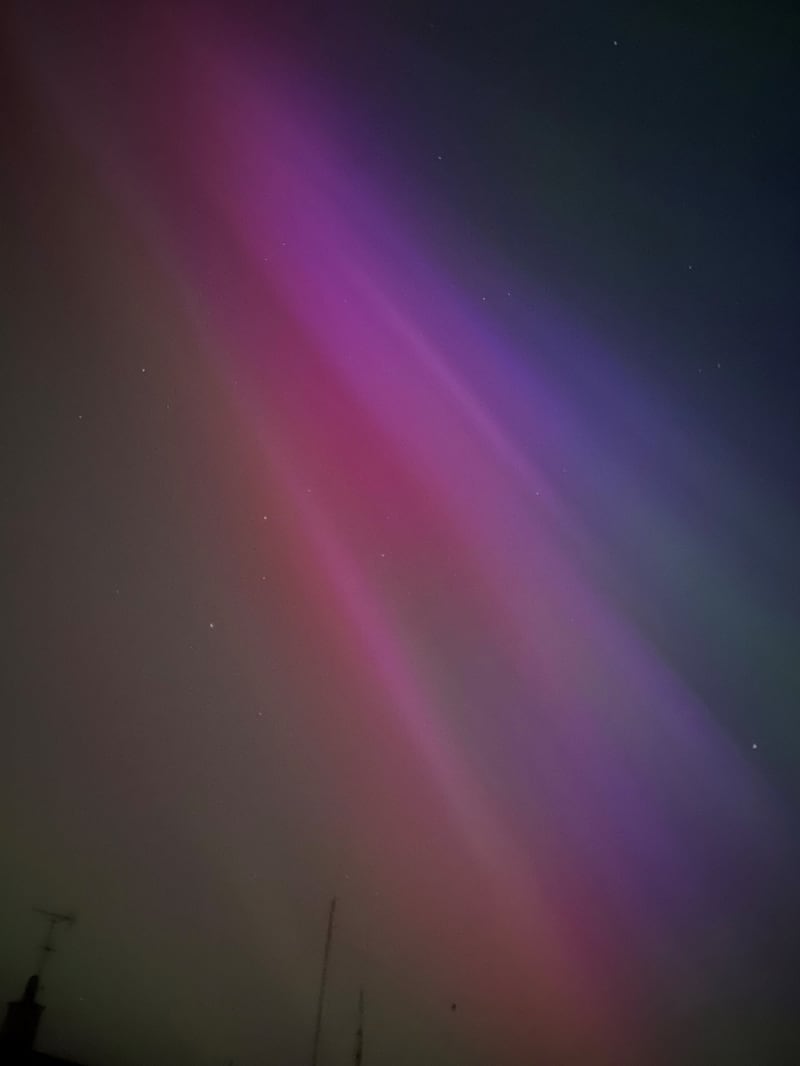
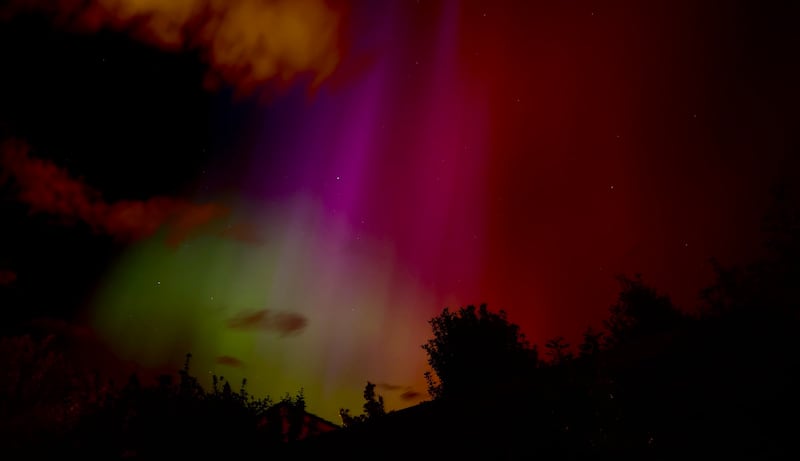
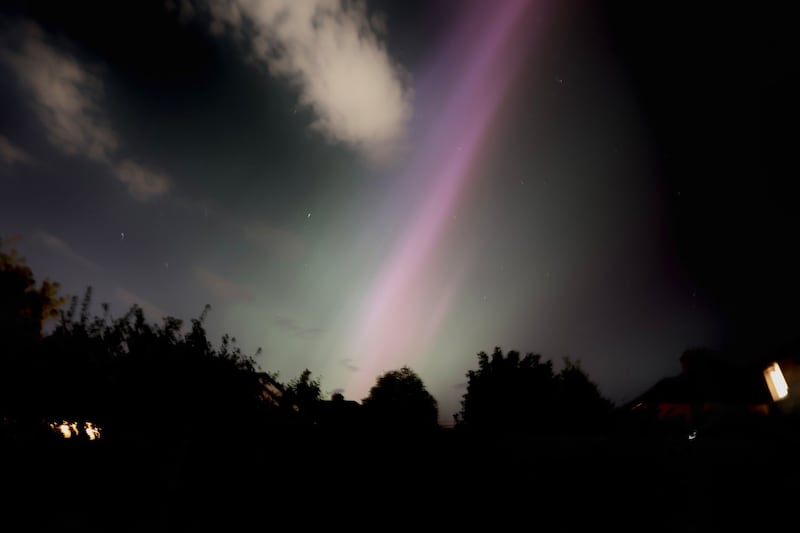
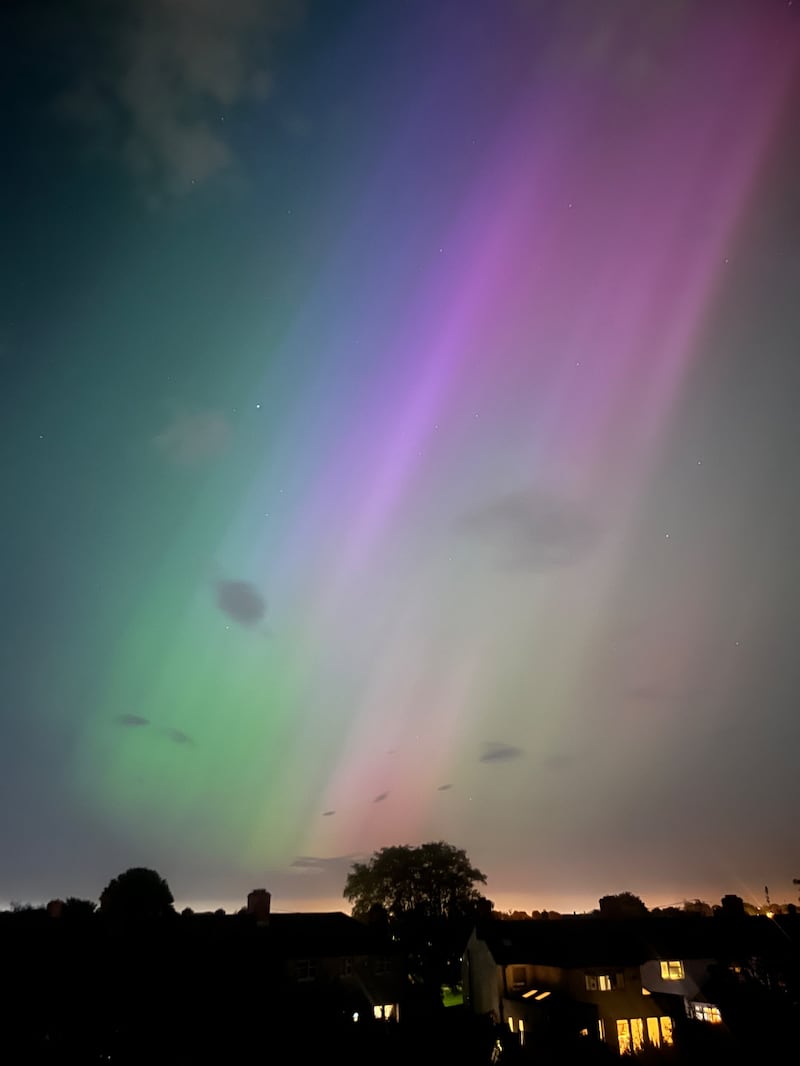
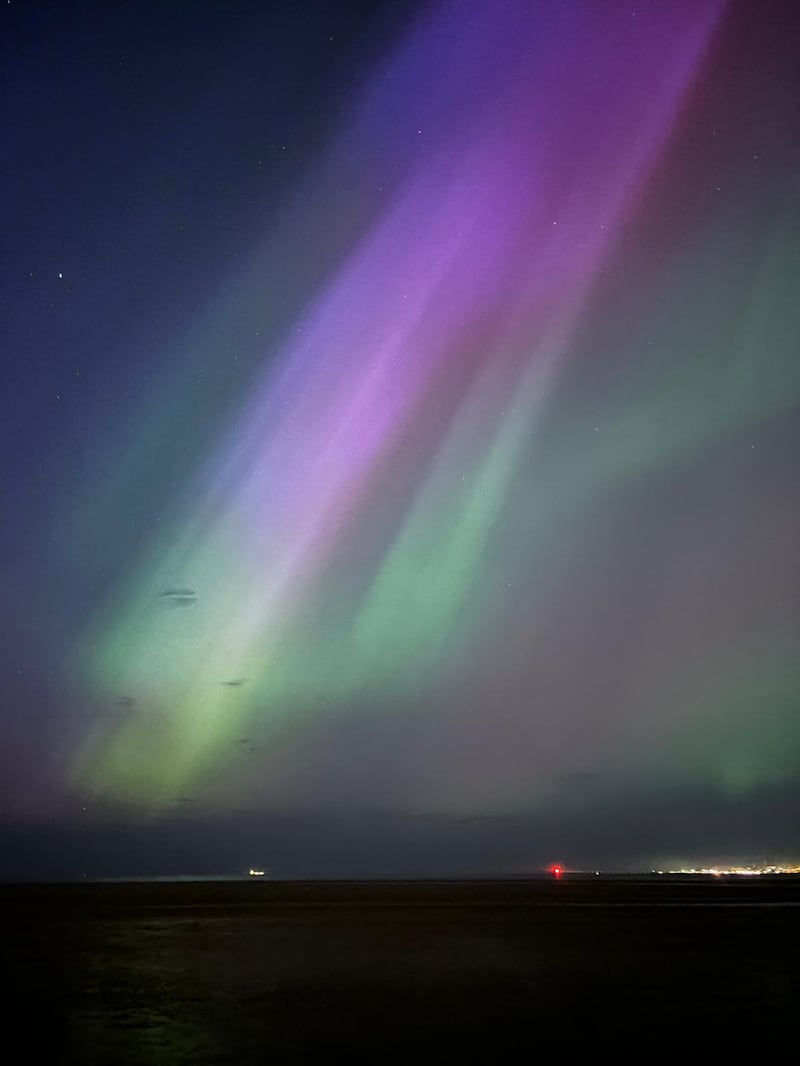
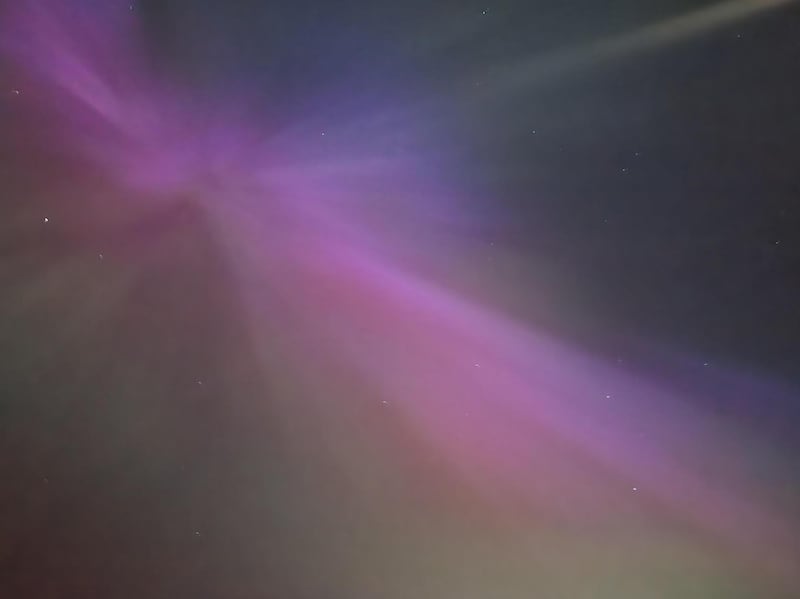
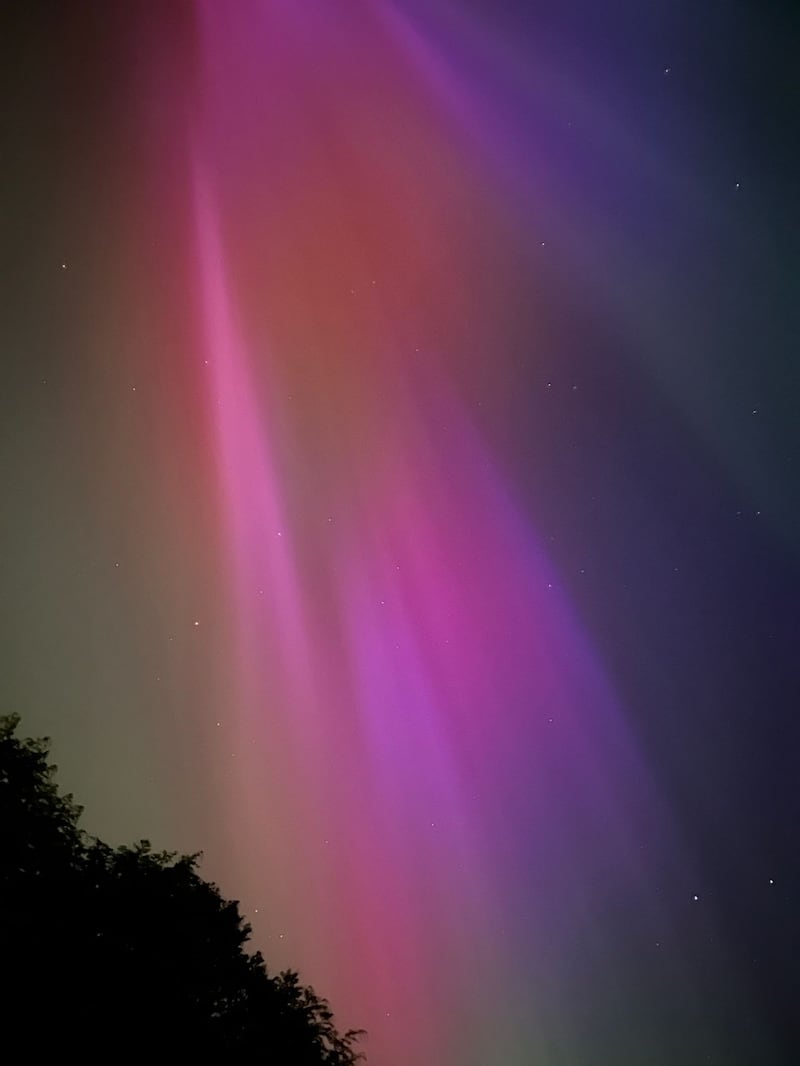
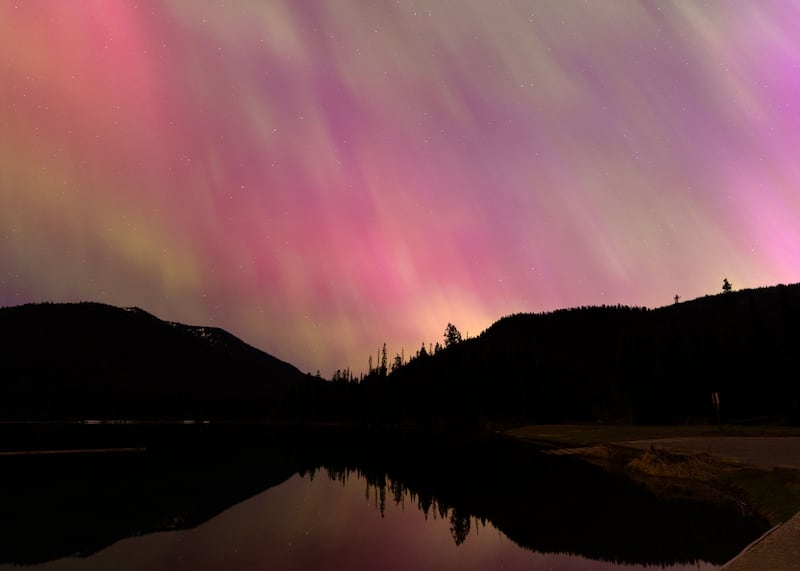
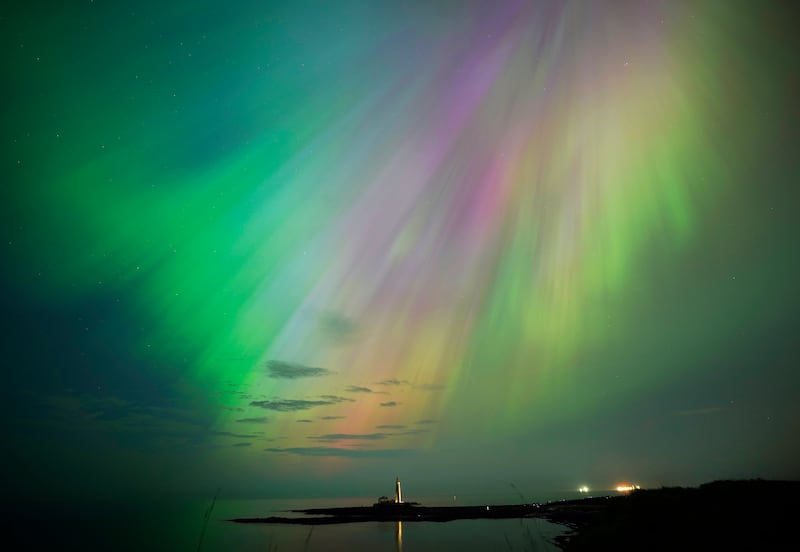
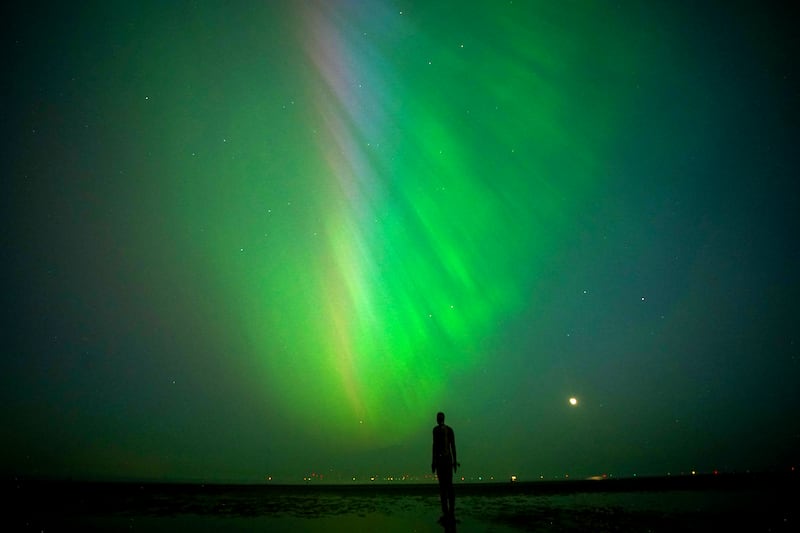
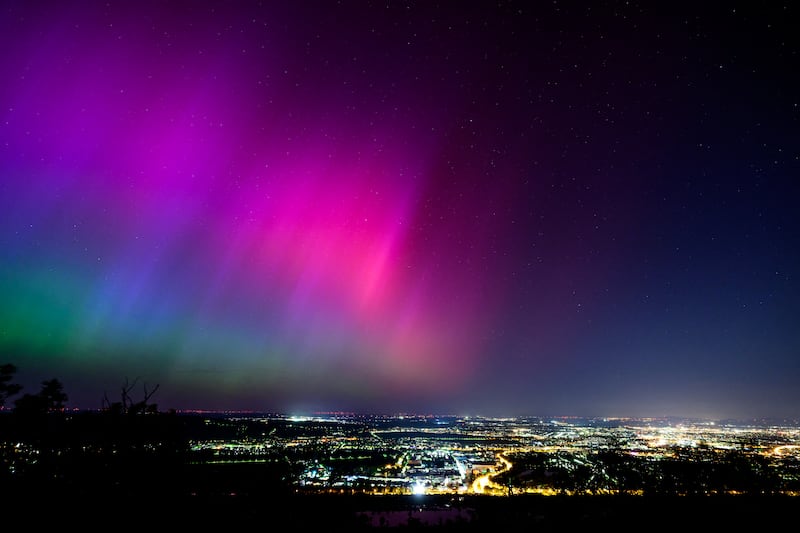
Aurora displays occur when charged particles collide with gases in Earth’s atmosphere around the magnetic poles.
In the northern hemisphere, most of this activity takes place within a band known as the aurora oval, covering latitudes between 60 and 75 degrees.
When activity is strong, this expands to cover a greater area – which explains why displays can be occasionally seen as far as Ireland.
According to the US National Oceanic and Atmospheric Administration (NOAA), the visibility of the Northern Lights was increased on Friday because of an “extreme” geomagnetic storm.
The NOAA said the G5 geomagnetic storm, which is considered extreme and is the strongest level of geomagnetic storm, hit Earth on Thursday and could affect communications, GPS and power grids.
The cause of this storm is a “large, complex” sunspot cluster and is 17 times the diameter of Earth, with the last storm with a G5 rating hitting earth in October 2003, causing power outages in Sweden.
The sightings of the Northern Lights across Irish skies led to a frenzy on social media with many spectacular photographs being posted:
– Additional reporting from PA



















